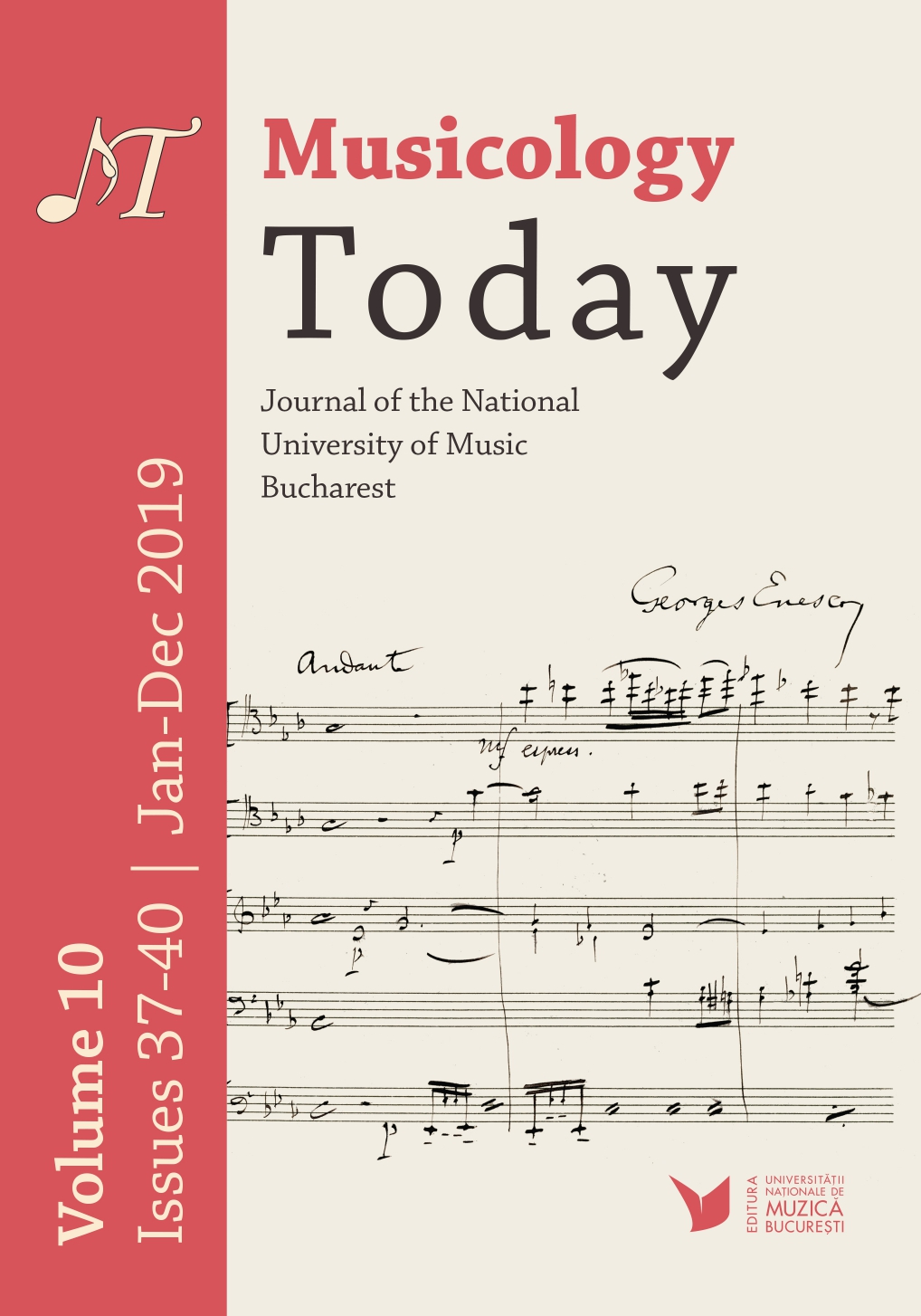"Balkan Borderlands" and "Transylvanian Transit": Cabaretesque Topographies of East European Modernity
"Balkan Borderlands" and "Transylvanian Transit": Cabaretesque Topographies of East European Modernity
Author(s): Philip V. BohlmanSubject(s): Music
Published by: Editura Universității Naționale de Muzică din București
Keywords: Jewish music; Hermann Rosenzweig; Abe Elstein; heteroglossia; salon;
Summary/Abstract: The concept of the "cabaretesque" grows from my work as both an ethnomusicologist and the artistic director of the cabaret ensemble, The New Budapest Orpheum Society. I employ the cabaretesque theoretically in this paper to examine the ways in which diverse musical repertories from the Eastern Europe cohere in ways that allow us to rethink the ways in which music and geography interact to narrate modern history. Critical to the perspectives opened by theories of the cabaretesque are the musical juxtapositions of lived-in worlds on the stage, turning them inside-out. The boundaries between audience and performer – symbolically between actors and agents in history – blur and disappear. Musical performance becomes a mirror for historical action. Cabaretesque musical repertories are particularly abundant across Eastern Europe. Metaphor emerges from musical border, for example, in the caesurae that form the hemistiches in Balkan epic. The borders of empire – Ottoman, Austro-Hungarian, Russian – have divided musical genres during the longue durée of encounter. Borders run through sacred music practices, for example, separating eastern and western Christianity no less than eastern and western Ashkenazic Jewish cultures. As my title indicates, Balkan borderlands are also sites of transit, in other words, the mobility that yields the extensive multiculturalism that defines regions, nations, and musics. Borders and transit converge in the cabaretesque practices I have pursued for over two decades.
Journal: Musicology Today: Journal of the National University of Music Bucharest
- Issue Year: 10/2019
- Issue No: 39
- Page Range: 147-173
- Page Count: 28
- Language: English

